Icon of Saint Constantine and Saint Helen
€5,00 – €25,00Price range: €5,00 through €25,00 "without VAT"
Icon Saint Constantine and Saint Helen silkscreen of excellent quality with “” vivid “” colors and gold acrylic background.
Icon St. Constantine and St. Helen silkscreen of excellent quality with “” vivid “” colors and gold acrylic background
They celebrate on 21 May.
Constantine the Great is said to have been born in both Tarsus in Cilicia and Drepano in Bithynia. The most prevailing view, however, is that Constantine the Great was born in Naisso in Upper Moesia, today’s Serbia. We do not know exactly when he was born, but it is believed that he was born between the years 272-288 AD.
His father was Constantine, also known as Chlorus, and was a relative of the emperor Claudius. His mother was Saint Helen, daughter of an innkeeper from Drepano in Bithynia.
In 305 AD Constantine was at the court of the Emperor Diocletian at Nicomedia with the rank of chilarch. Diocletian and Maximian resign their offices and retire. Augustus becomes the father of Constantine along with Galerius. Constantine the Pale in the West and Galerius in the East. A year later Constantine dies on 25 July 306 AD and the army proclaims Augustus the Great Constantine, but this is not accepted by Galerius. Constantine the Great wanted to clash with Maxentius, son of Maximianus, who had a strategic advantage because he had four times as many troops and Constantine’s army was already overwhelmed.
He began to pray to God, raising his right hand and asking Him to show him a sign for what he was thinking of doing.In the afternoon he saw a cross in the sky, which read “tou tute nika”. He could not understand what it meant.At night the Lord appeared to him in his sleep and told him, “With this you shall overcome.
So he made a banner with his vision and began to march on Rome without defeat or resistance.
In February 313 AD, in Medjugorje, where the marriage of Licinius and Constantia, sister of Constantine the Great, took place, a historic agreement was made between the two men, establishing the principle of tolerance.
The problems Constantine the Great had to face were many. The heretical teaching of Arius, an elder of the Alexandrian Church, came to shake the unity of the Church. This teaching, called Arianism, essentially destroyed the doctrine of the Trinity of God.
As soon as Constantine the Great was informed of the sad things that were happening in Alexandria, it was decided to convene the First Ecumenical Council at Nicaea in Bithynia in 325 A.D. to resolve them.
As soon as the Council was over, the emperor took initiatives to consolidate its decisions. He sent a letter to the Church of Egypt, Libya, Pentapolis, Alexandria, in which he communicated the decisions of the Council.
He makes known the condemnation of the Supreme Court and forbids the acquisition and concealment of his writings. His most striking action, however, is his letter to the Arios. He reproves the heresiarch and condemns him severely for his malignities.
In the last period of Constantine the Great’s life, the ecclesiastical consciousness became fragmented. In April 337 AD, the Saint felt the first serious symptoms of an illness. The sources inform us that Constantine the Great took refuge in the thermal baths; his health did not improve and he went to Eleopolis to the Church of the Martyrs. Constantine the Great realizes that his life is coming to an end. Before he dies, he is baptized a Christian.
After his baptism, Saint Constantine did not wear the imperial robe again, but only the white baptismal robe, until the day of his death in 337 AD. It was the day of the celebration of Pentecost, writes the historian Eusebius.
After the military placed the Saint’s skeleton in a golden urn, they transported it to Constantinople and placed it on a pedestal in the royal house. His holy relic was buried in the Church of the Holy Apostles.
History rightly called him the Great and the Church the Apostle.
Saint Helen
Saint Helen was born in Drepano, Bithynia, Asia Minor, around 247 AD. She was the daughter of an innkeeper and it is disputed whether she married Constantine or was his legitimate concubine.
Between the years 272 – 288 AD she gave birth to Constantine in Naissos, Moesia. When, five years later, Constantine Chlorus was made Caesar by Diocletian, he removed her to marry Theodora, stepdaughter of the Emperor Maximian; but Constantine the Great especially honoured his mother. He bestowed on her the title of Augusta, put her image on coins and named a town in Bithynia after her.
The Saint showed her piety with many benefactions and the rebuilding of new Churches in Rome, Constantinople, Bethlehem and on the Mount of Olives. Saint Helen went in 326 AD to Jerusalem, where she found the Holy Cross. Returning to Constantinople, a year after finding the Holy Cross of the Lord, Saint Helen also passed through Cyprus.
Saint Helen slept peacefully probably in 327 AD at the age of eighty years.
As was natural, her son carried her honest remains to Constantinople and buried her in the Church of the Holy Apostles.
- 100% guaranteed transaction!
- 100% money back guarantee!
- Immediate delivery to the products we have in stock.
| Weight | N/A |
|---|---|
| Dimensions | N/A |
| Icon Decoration | with handmade serigraphy, with wood |
| Size | Big – LG, Medium – MD, Small – SM, Very large – XL, Very small – XS |
| Name of Saint | Saints Constantine and Helen |
| Collection | Athonite Items, Church supplies |
| Icon Type | Serigraphy |
| Material | Wooden |
| Usage | For the faithful people, For the House, Για το Ναό, Για το Παρεκκλήσι |
Only logged in customers who have purchased this product may leave a review.
You may also like…
Church supplies
Church supplies
Church supplies
Candlesticks
Church supplies
Related products
Church supplies
Church supplies
Church supplies
Church supplies
Church supplies
Church supplies
Church supplies
Church supplies

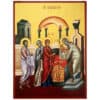
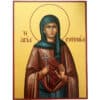
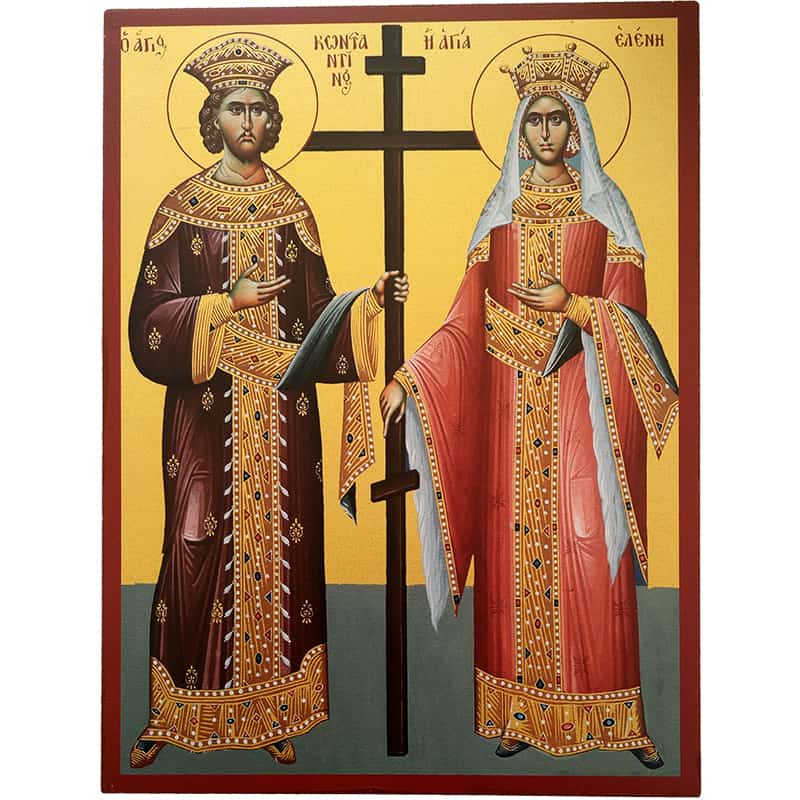
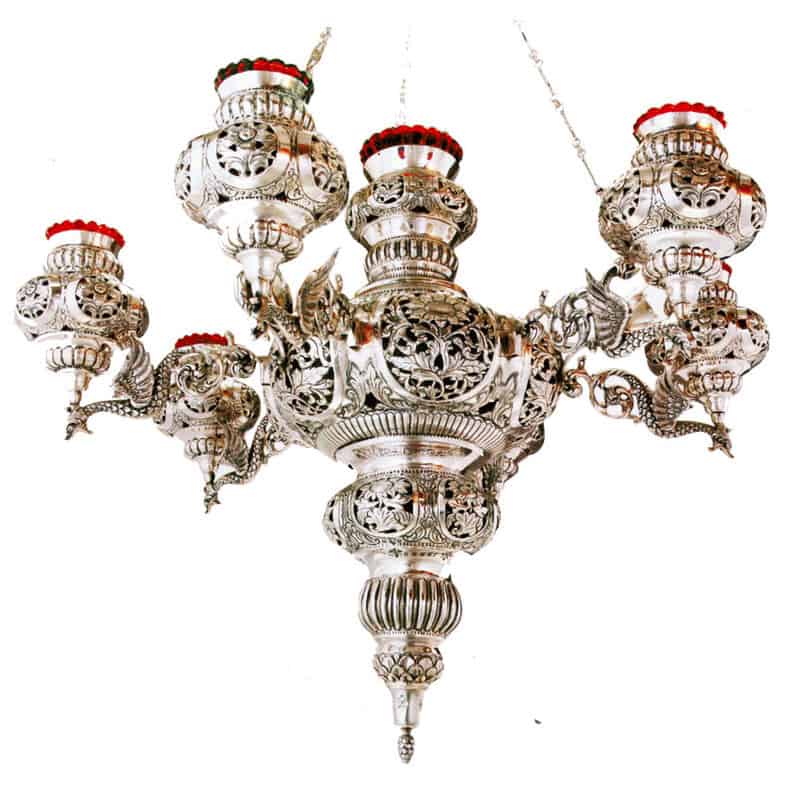
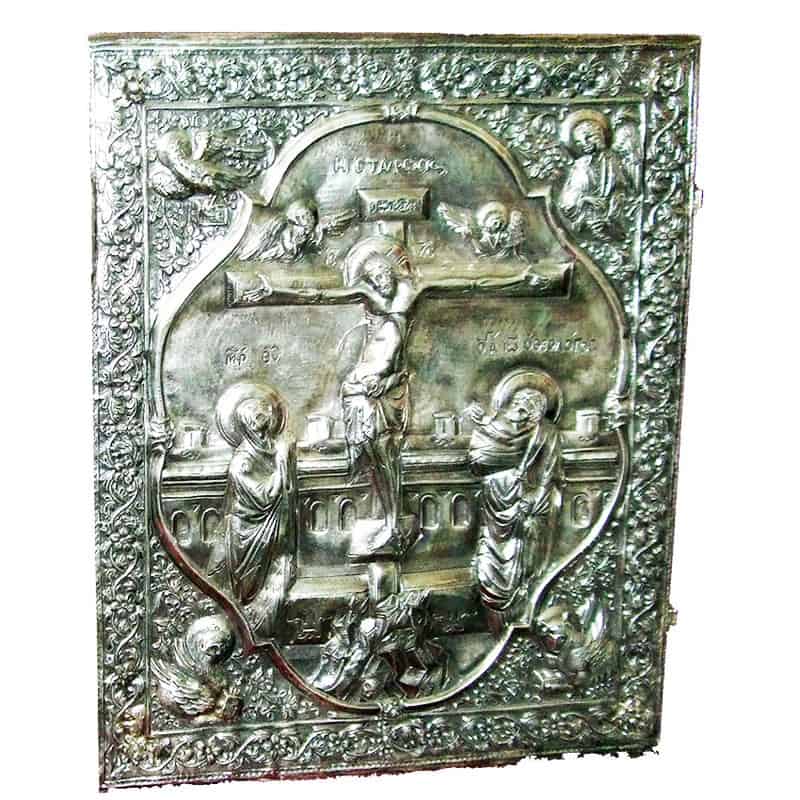



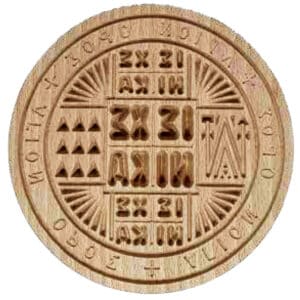

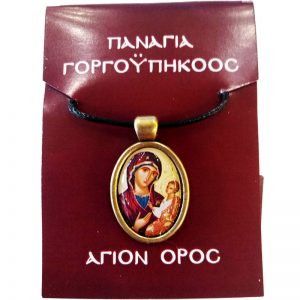

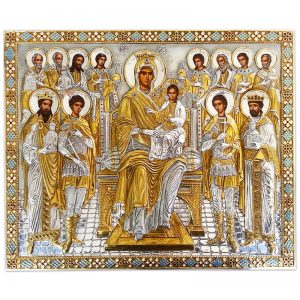



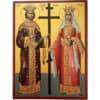
Reviews
There are no reviews yet.